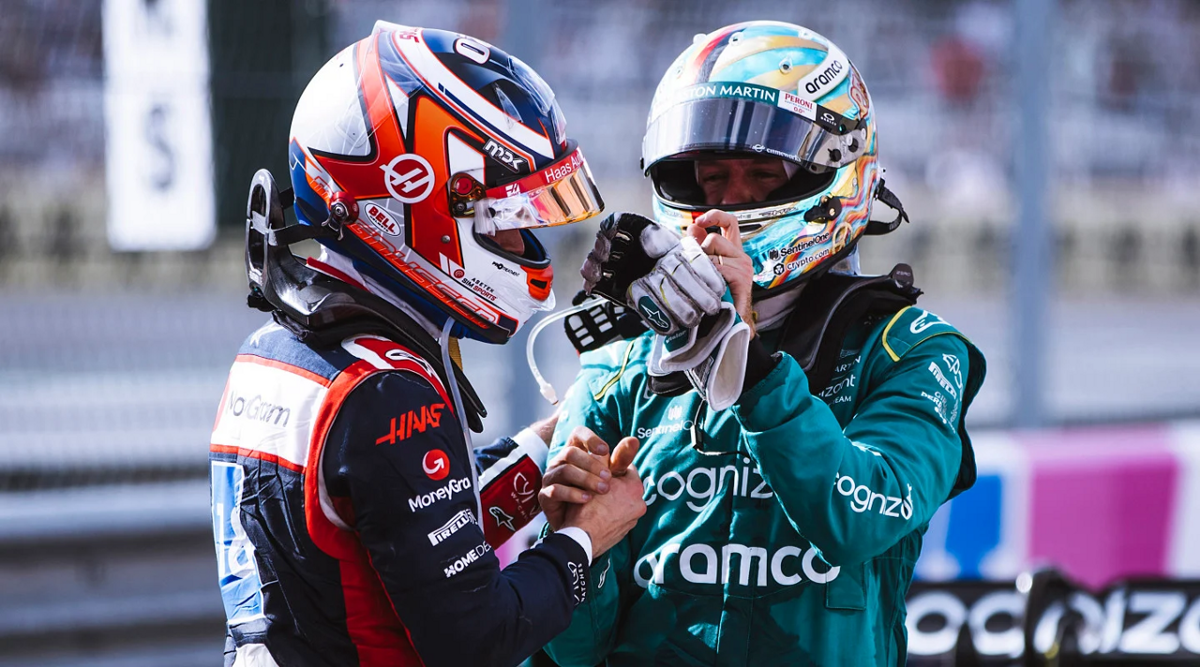Street circuits have become an integral part of Formula 1 racing in recent years, with cities around the world hosting races on temporary tracks built on their streets. These circuits present a unique challenge to drivers and engineers alike, and many fans have come to love the excitement and unpredictability they bring to the sport.
But as Formula 1 looks towards the future, the question remains: are street circuits the way forward for the sport?
On one hand, street circuits offer a level of excitement and spectacle that traditional race tracks cannot match. The tight corners, narrow straights, and unforgiving barriers create a thrilling atmosphere for both drivers and spectators. Races on street circuits also tend to be more unpredictable, with factors such as weather, track conditions, and crashes playing a bigger role in the outcome of the race.
Furthermore, street circuits provide an opportunity for Formula 1 to showcase the sport in new and exciting locations. By hosting races in major cities around the world, Formula 1 can reach a wider audience and attract new fans to the sport. This in turn can help to grow the sport and secure its future for years to come.
However, there are also drawbacks to street circuits that need to be considered. For one, the temporary nature of these tracks means that they can be expensive to build and maintain. This can be a barrier for cities looking to host a Formula 1 race, as the cost of hosting a street circuit race can be prohibitive.
Additionally, street circuits can pose a safety risk for drivers, with little room for error and limited runoff areas. This can make races on street circuits more dangerous than those on traditional race tracks, and can lead to more accidents and injuries.
Despite these challenges, it seems that street circuits will continue to play a prominent role in Formula 1’s future. With their unique challenges and exciting atmosphere, street circuits bring a level of excitement and spectacle to the sport that fans love. As Formula 1 looks to expand to new markets and attract new audiences, street circuits will likely remain a key part of the sport’s future.


